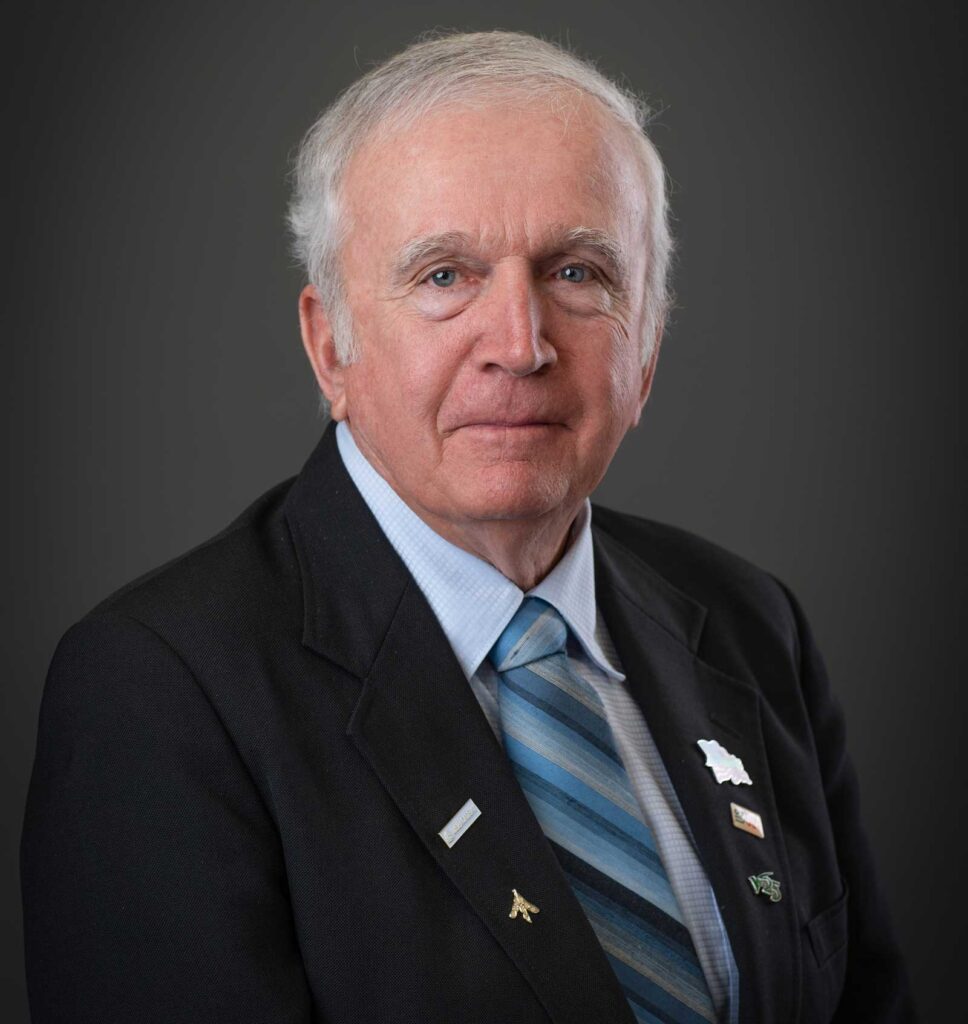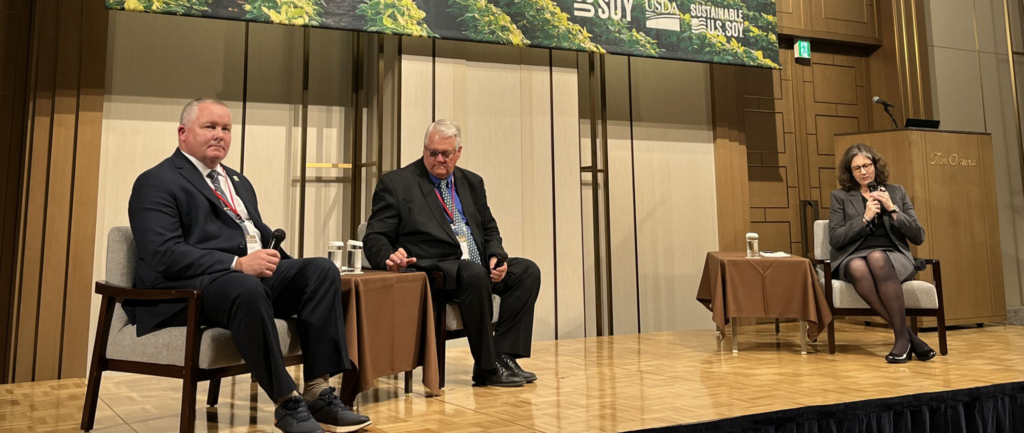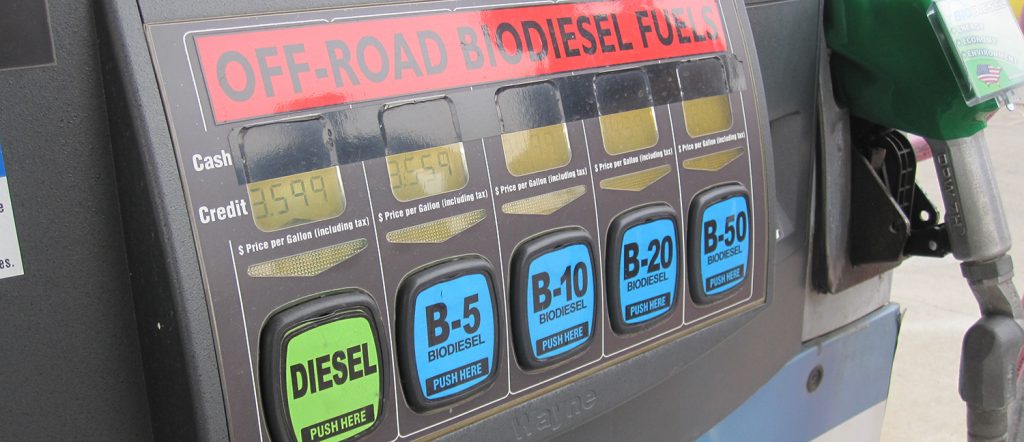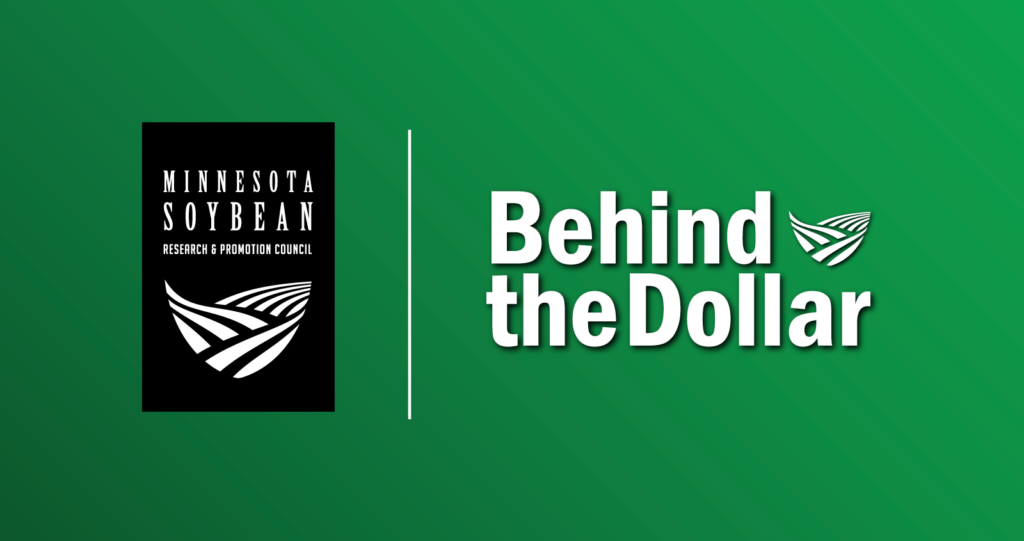As a longtime farmer leader, Callaway farmer Bill Zurn has seen for himself over more than a quarter-century of service how soy checkoff investments continue boosting farmer profitability. Prior to the 2024 harvest, Zurn discussed his operation and his excitement about checkoff projects.
This interview has been edited for length and clarity.
Q: Give us a quick background on your farm.
Bill Zurn: I farm in both Becker and Mahnomen counties with my wife and two sons. We have an average-sized operation where we grow soybeans, corn, sugar beets and some alfalfa. My great-grandfather started this farm and I hope to see it continue for generations down the road.
Q: What region of the state do you represent on the Minnesota Soybean Research & Promotion Council? How long have you been on the board?
BZ: I represent District 1, 2 & 3, which is basically the northern third of the state. I’ve been on the Council for a long time now, since 1997. I’ve seen a lot of breakthroughs and evolutions in the soybean industry since then.
Q: Why did you decide to run for the Minnesota Soybean Research & Promotion Council?
BZ: I was looking to do something to get more active in the farm organizations. Soybeans were starting to become much more common in my area at the time, so it seemed like a good organization to be a part of.
Q: Why do you feel the checkoff is critical to Minnesota’s soybean farmers?
BZ: It’s important because it’s the driving force for innovation and finding new uses and then promoting those new uses too. Soybeans used to be thought of as just “pig feed,” but it’s so much more than that now because of the checkoff. Now when people think of soybeans they think of biodiesel, Goodyear tires, crayons and so much more.
Q: How does the board ensure checkoff dollars are invested responsibly?
BZ: We have a 15-member board all with differing opinions, so there’s a lot of checks and balances when it comes to our investments. Plus, a great staff to follow through with everything in a very efficient manner. Everyone wants to do the best job possible when it comes to making sure farmer’s checkoff dollars are spent wisely.

Q: How has directing checkoff funds raised your awareness of the soy checkoff?
BZ: I have a much better understanding of how a lot of these campaigns such as SoyFoam, Skechers Stepping Up or the Goodyear Tires campaign got developed. Many of them started at the national level and then trickled down to state and county level programs. It takes a lot of work to promote these new uses for soy and implement these campaigns successfully and efficiently.
Q: What project(s) are you most proud of that you have seen since being on the board?
BZ: Biodiesel has had a major impact on our soybean industry. We went from carrying it around in a five-gallon bucket to producing around 80 million gallons right here in the state every year. It supports thousands of jobs and brings an extra dollar per bushel to farmers. That’s something to be proud of on top of it being an environmentally friendly, renewable resource.
Q: Many checkoff investments are made to impact our future growers. What are some checkoff-supported projects coming down the pipeline that you’re excited about?
BZ: I’m really excited about SoyFoam. The firefighting industry was looking for a safer foam alternative than what was previously available, which was not environmentally friendly and contained cancer-causing chemicals. SoyFoam TF 1122 is safe and biodegradable, plus it’s competitively priced and compatible with current equipment. I’ve been talking to a lot of firefighters, many of which are soybean farmers too, and they are very excited to get their hands on the product.
Q: What do you think is the biggest misconception other farmers have about the soy checkoff program? How would you respond to their concerns?
BZ: I think some farmers don’t quite understand the impact that the checkoff has had on their bottom line or what it is that the checkoff even does. These new markets, new uses, new soybean varieties and research don’t just appear out of thin air. It’s because the checkoff is hard at work finding ways to keep their soybeans profitable.
Q: Where can another farmer go to get more information on how their dollars are being spent?
BZ: There’s a lot of great information on our website, mnsoybean.org, or they can follow along on our social media pages, as well, to stay up to date with what we’re up to.







